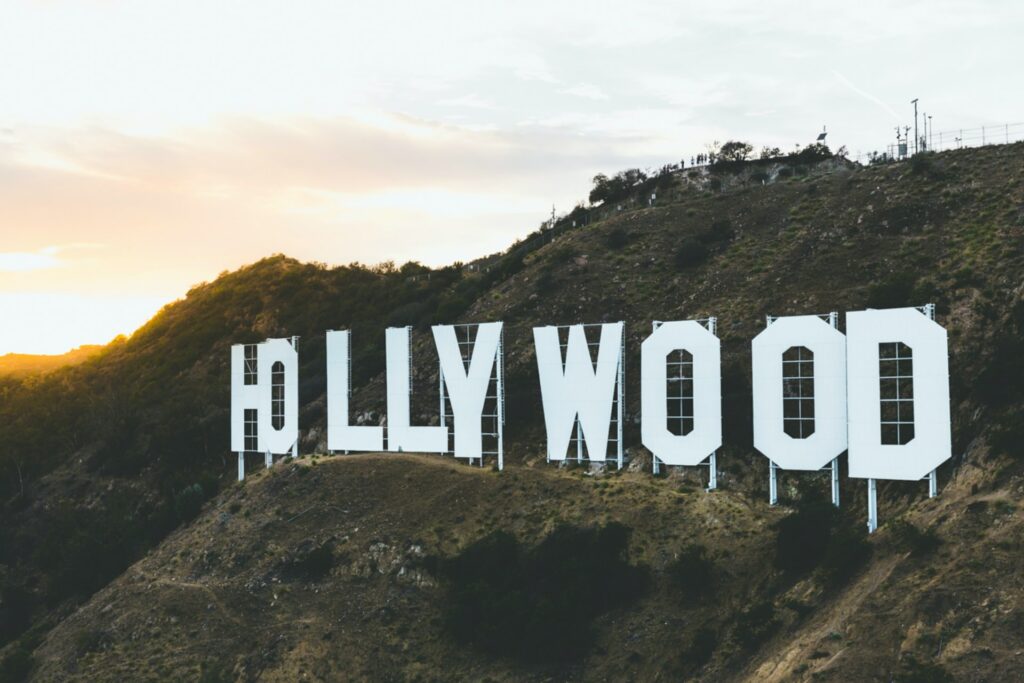
In the aftermath of the horrific Atlanta shootings, of which six of eight victims were Asian women, recent news headlines in Canada and the rest of the world have shed light on an increase in anti-Asian racist attacks.
These acts of violence are deeply entrenched in historical legacies of racial discrimination and have been intensified by the usage of phrases like former U.S. president Donald Trump’s “Chinese virus.”
As this is going on, images of Asian women in mainstream media are coincidentally surfacing in the cultural sphere of film. This year’s 93rd Academy Awards are celebrating Asian women from Chloé Zhao (Nomadland) to Christina Oh (Minari) and Yuh-jung Youn (Minari).
All of this begs the question as to whether there is a connection between the convergence of increased coverage on the success of Asian women filmmakers and growing anti-Asian sentiment.
One may be inclined to wonder how our society could possibly be racist and misogynist while celebrating Asian women and Asian people. And through celebrating them, how can we avoid perpetuating racist stereotypes?
Finally getting the recognition they deserve?
As an Asian American woman who teaches Chinese literature and film in a university, I want to believe that the current attention being paid to Asian women filmmakers — such as Zhao and Lulu Wang (who adapted her This American Life audio story into the critically acclaimed 2019 feature film The Farewell) — means that Asian women are finally getting the kind of recognition their artistic work deserves.
These directors have raised awareness of the complexities of cultural identity — not only in the fictional content of their films — but also by speaking candidly about their own experiences as immigrants and Asian American women.
Increased representation on and off screen can transform the way that audiences think about racial and ethnic differences.
Resist the urge to say they’ve ‘made it’
To some extent, the increased visibility of Asian women in mainstream media challenges the image of the “yellow woman” (a term coined in Anne Anlin Cheng’s Ornamentalism), a figure long perceived as “mute and absent” in the Euro-American popular imaginary.
But here are three important reasons why we should resist jumping to the conclusion that Asian women have finally “made it” in the sphere of filmmaking and that images of Asian women at large are no longer invisible:
1. Don’t lump all Asian women filmmakers together
Creating space to foster solidarity and providing opportunities for coalition-building in the Asian American community can be a powerful way to combat anti-Asian racism and misogyny. But it doesn’t always make sense to group filmmakers together just because they’re Asian and women.
As individuals with complicated relationships to their roots, filmmakers like Zhao and Nanfu Wang encounter challenges — from global fans and censorship to the international prize circuit — as their films cross national boundaries in the U.S. and China.
Being attentive to their “Asianness” means being attentive to financial limitations, political negotiations and cultural inconsistencies specific to particular locales and contexts.
The cinematic approaches and thematic concerns of these filmmakers can vary greatly, and making connections by examining intersections in genre, social objectives, or visual modes, for instance, can be just as (if not more) productive as classifying filmmakers by race, ethnicity or gender.
2. Be cautious about representation
The perceived success of Asian women in the film industry should not be used to perpetuate the model minority myth, as there is still a dramatic gap in socio-economic, class and education level between marginalized Asian migrant labourer communities and the social status of Asian or Asian American filmmakers.
Just because Asian women are receiving more mainstream media coverage for their work in the film industry, does not mean equal attention is being paid to Asian women across the board. In fact, this is a good time to ask why some images of Asian women do not circulate or some Asian people do not become the subject of media attention.
We should be particularly cautious about representation that objectifies or sexualizes artistic accomplishments, to make sure that Asian women in film do not become a lens through which media perpetuates the long history of sexualizing racist misogyny.
3. Don’t neglect earlier accomplishments of Asian women filmmakers
Clinging to the narrative of a “sudden” rise of Asian women in film neglects the accomplishments of earlier Asian women filmmakers whose accomplishments may not have been justly recognized previously. This doesn’t mean that they didn’t exist.
This acknowledgement is similar to the importance of recognizing that the recent anti-Asian attacks on women are part of a longer historical trajectory of violence inflicted on Asian women’s bodies.
What the convergence tells us (or doesn’t)
Taking into account discussions of the “new” Cold War with China and the impact of the global #MeToo movement, the convergence of increased visibility of Asian women film directors with a heightened awareness of anti-Asian violence may appear to suggest that two potentially contradictory things are happening at once.
In other words, it may be tempting to ask how our society could possibly be racist and misogynist towards Asian women and Asian bodies if their films are being nominated for Oscars and they’re being featured in starring roles.
But just because visibility has increased doesn’t mean that anti-Asian misogyny has disappeared. Relying on familiar stereotypes and images can make us miss a critical opportunity to address racial discrimination and to reshape the ways Asian women are viewed as individuals and artists.
As Chinese science fiction writer Tang Fei points out in a recent interview, “Appearing on stage just because we are women and being forgotten just because we are women … there is no difference.”
By: Angie Chau
Assistant Professor of Chinese Literature and Film, University of Victoria
This post was originally published at The Conversation.




